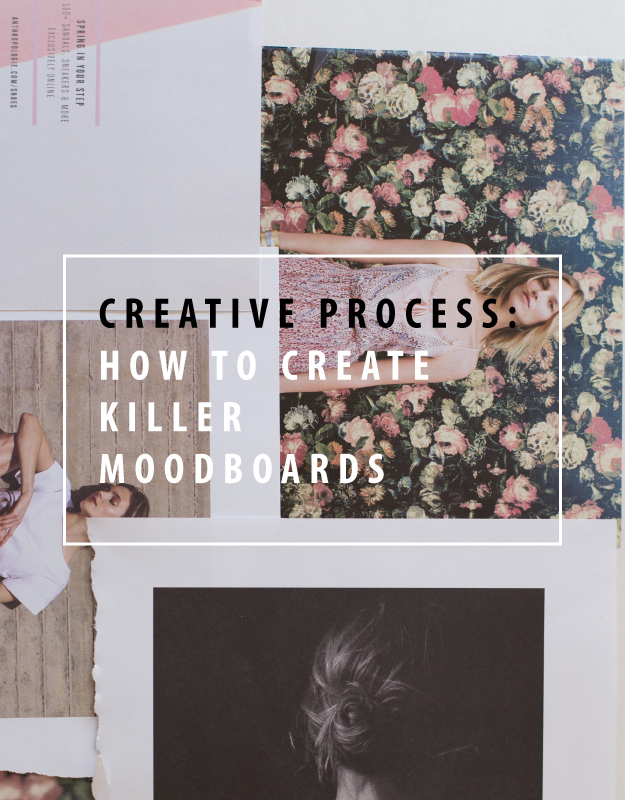When it comes to moodboards and the creative process, this is one of my favorite steps. I find that during this process, I get excited about a current project, let my mind explore, and build up loads of creative energy as I launch into a project. More than anything, it allows a solid communication and referral point for clients or ongoing projects. In our office, there are multiple moodboards, shot sheets, and project management going on at the same time. How do you create moodboards quickly, efficiently, and to reinforce an idea. With these five tips, we’ll show you how.
Keep reading for the full post after the jump!
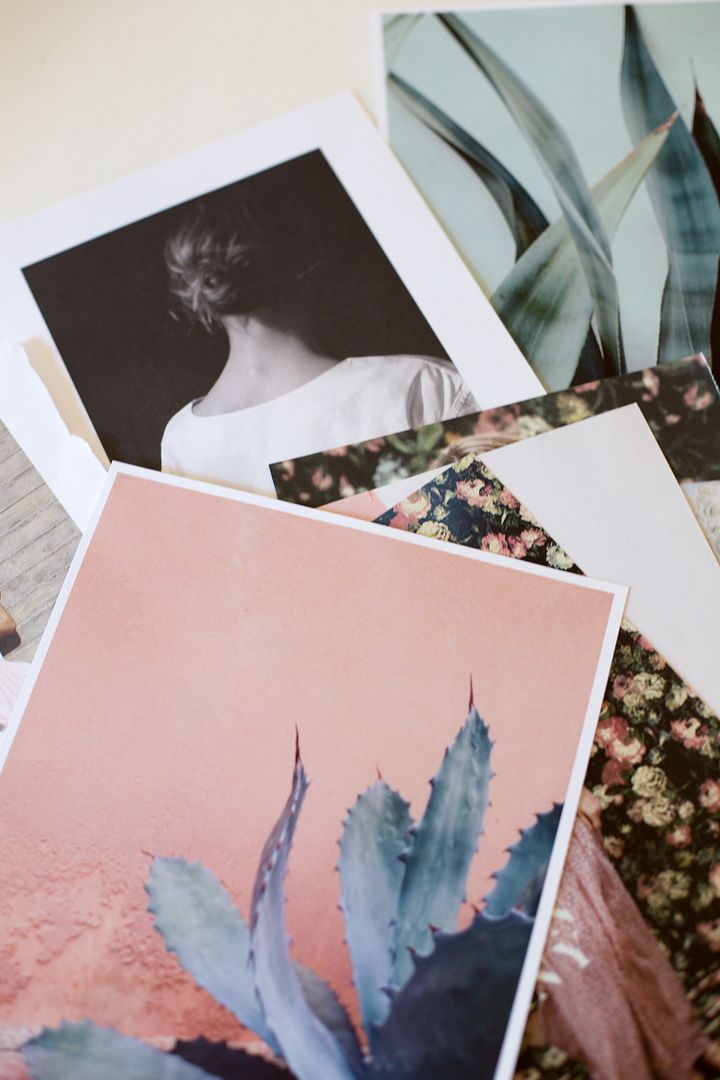
1. Give it a feel. Meet texture and pattern.
Choose around 3–5 patterns or textures that represent your style (herringbone, stripes, Navajo print, linen, etc.). Analyze whether they are graphic or fabric textures. Think about the shade (dark or light) and the color.
2. Find some rad type.
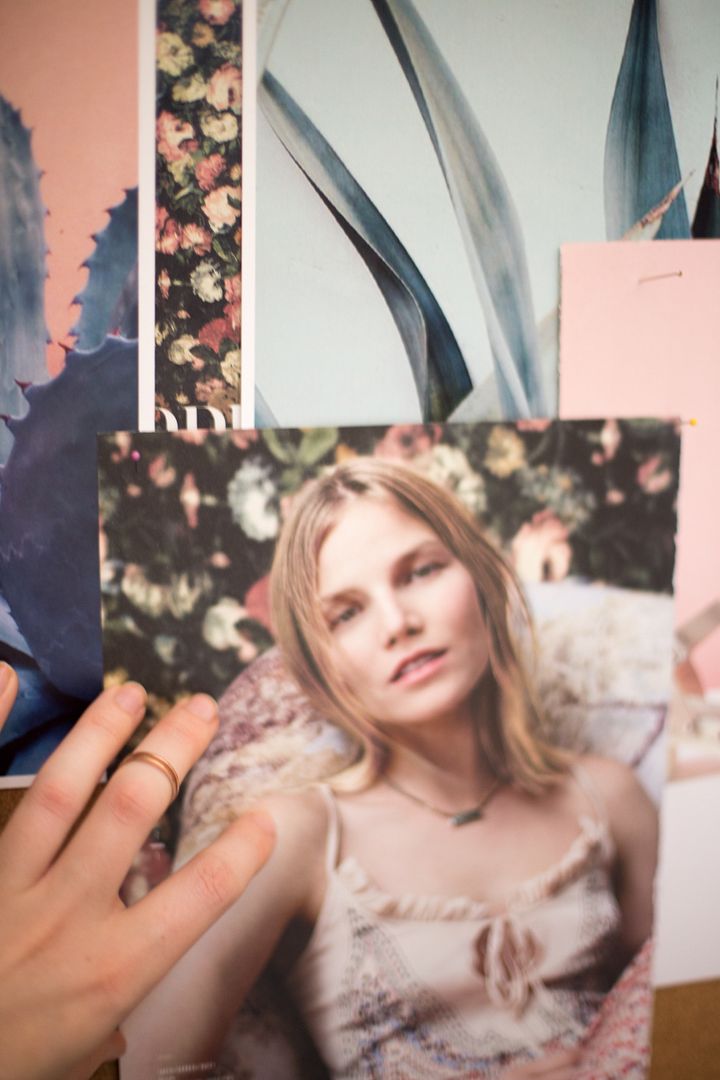
Find 5–8 logo examples, typography, and fonts that match your vibe. What typeface treatment best represents your brand? Typography is like a facial expression. It depicts a mood. What is your brand’s consistent mood? Posters, graphic art prints, or product packaging may be good sources of inspiration for this.
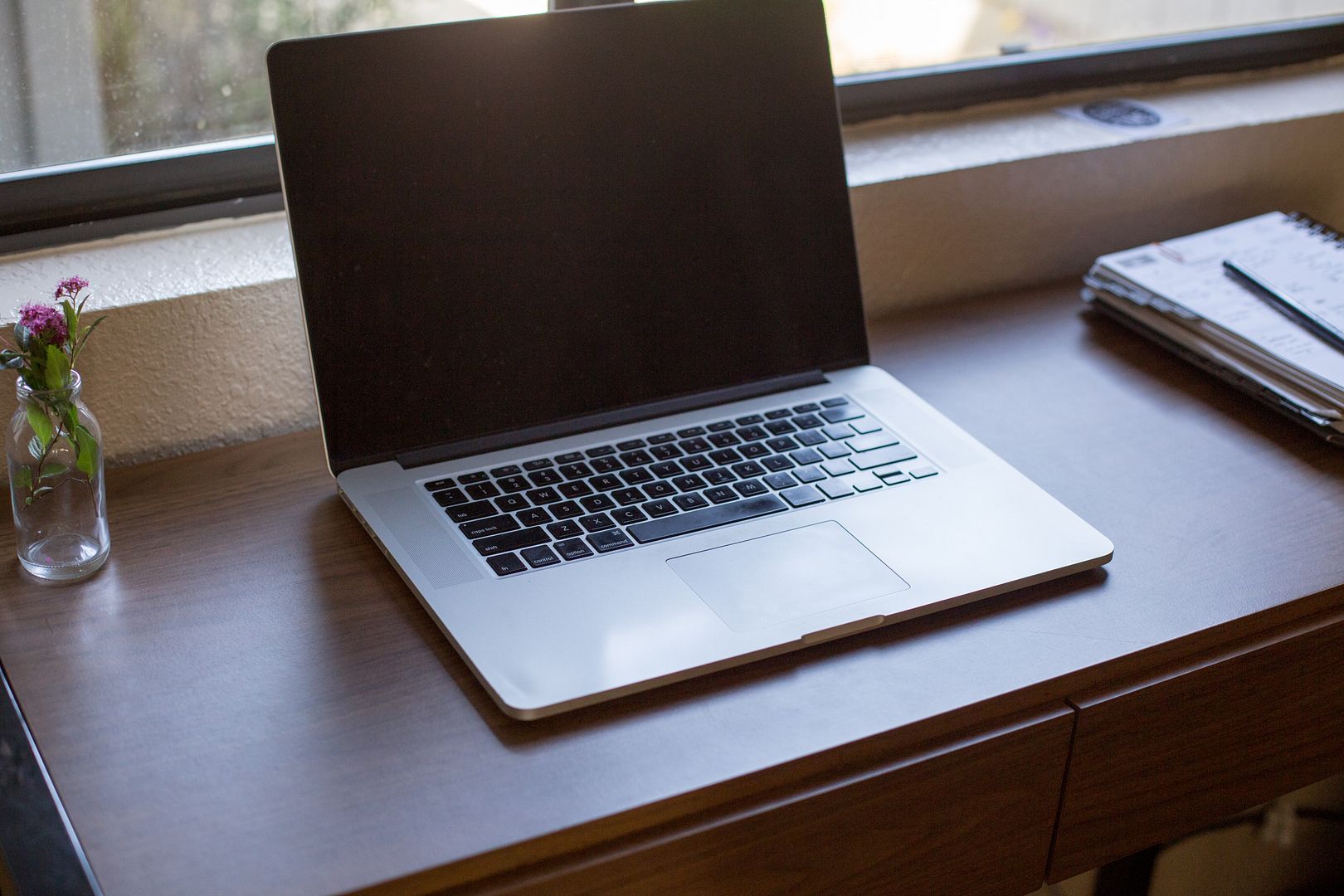
3. Look around and make it better.
Don’t create something in a vacuum. There are plenty of people who may be rocking some great brands within your niche. Do your research. What is it that your competition does well? What is something that you do better? Are there any moments of your competition’s branding strategy to derive inspiration from? Is there anything that is distinctly different? Highlight your differentiators. (If you’re getting stuck here, remember often your differentiator lies within your story. Take time to discover it, articulate it, and give your passion a voice and feel. These are your differentiators.)
4. What are the consistent colors?
What are the consistent colors? Are there blocks of color that can be consistently drawn from these images?
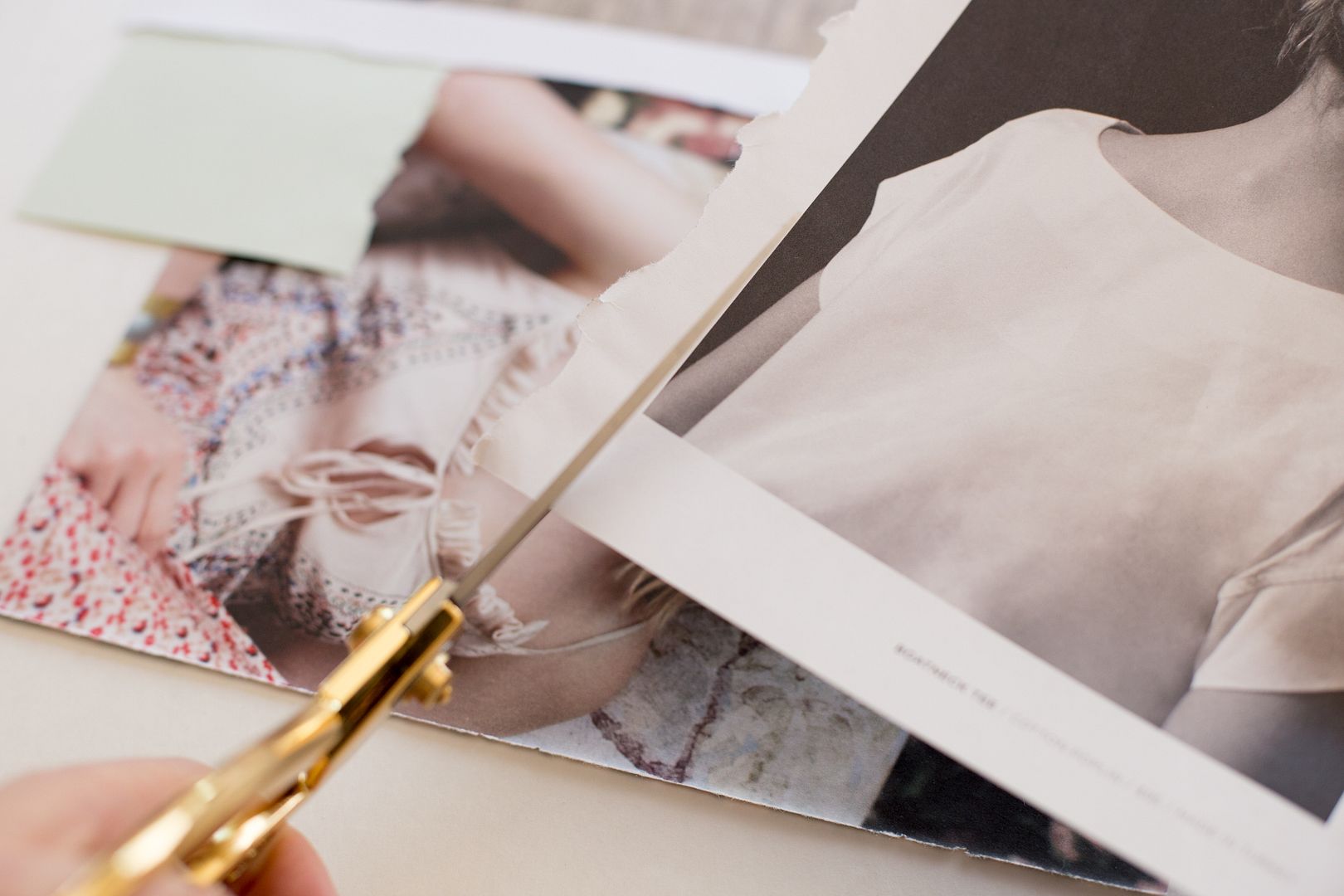
5. Think with your senses.
Get tactile. Don’t limit yourself solely to pictures. If you find objects, patterns in fabric or nature, add them to your moodboard. Create a mood thinking with all of your senses. Do tastes, smells, or textures come to mind?


Some additional tips.
We live in a small space so having a moodboard wall doesn’t quite work for us. (Studio dreams are in the very distant future.) Here are a few things we’ve done to have plenty of inspiration available and make it work in our home office space (which sits in our living room). When it comes to organization and project management think vertically. We have three clipboards hung near our front closet, which hold ongoing projects, print proofs, and business plans. Over our desk is a large window. Attached to this are edited and finalized moodboards, shot sheets, and project lists. (The window doubles as a huge dry erase board. At night, we lower the blinds and don’t have to look at it, which is perfect.) On the back of our front closet door, is a large bulletin board that serves as our main inspiration board. While work is going on during the day, we can open it up and at night we shut the door, keeping it out of sight. We also take pictures of completed moodboards and inspiration on our phones to have refer to them on the go.
Are you ready to invest in your business and take your branding to the next level? Let’s talk about it! Contact our studio for any of your design needs. We currently have openings for the summer season.

